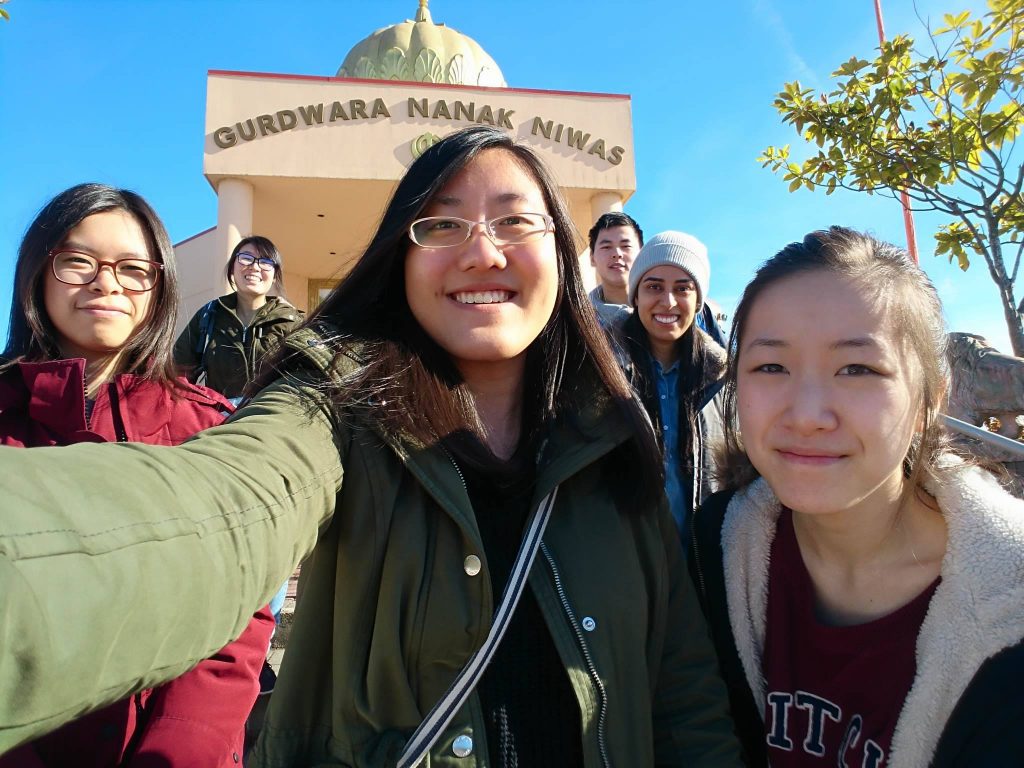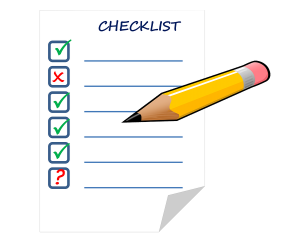
” As time goes, bonds are strengthened, objectives are met and action is on the way”
Wow! Time flies! Even though this is only our 2nd blog posting, we are already halfway through our term and the project we are working on. While we were initially a little overwhelmed with the potential of our project, a conversation with our TA and a second visit to the temple during Family day helped us clarify our objectives and guided us on how to narrow our focus regarding where to begin with our project. You can take a look at Blog post #1 for a little bit of background on our community partners and our initial impression on the project. This week, you can check out our completed Proposal to see what we have to planned with the community partners moving forward to help them achieve their goals.
To keep you awesome readers on track of what we are up to, here are our weekly objectives and achievements from our first blog post in week 3 up until the present (week 6):

Image retrieved from: https://pixabay.com/en/checklist-list-check-check-list-911841/
Week 3
Objectives
Achievements
|
Week 4
Objectives
Achievements
|
Week 5
Objectives
Achievements
|
Week 6
Objectives
Achievements
|
Image retrieved from: http://writeonline.ca/reflective-essay.php?content=section2
Moment of Significance
What?
Since the beginning of the project we have visited the temple three times, introduced ourselves to the community partner and gotten to know them a little bit. During these visits, we explained our objectives and role as LFS 350 students and we learned about the goals of the community partner, the purpose of Langar, and where the food for Langar comes from. We were also informed about some of the difficulties that the community partners are facing, including the lack of youth involvement as young people are not interested in volunteering with the older kitchen workers. Additionally, the temple committee members are focused on finding ways to decrease the risks of cardiovascular disease and diabetes in individuals that come to visit the temple due to high fat content found in ingredients used in the food preparation. The goal the committee is trying to achieve is to help improve the menu of the food prepared while maintaining the cultural and history of the Sikh people, as well as reminding the individuals that are eating the food to be conscious about the food they are eating and their health.
So What?
After learning the goals and difficulties the community partners had in mind, we started to plan out what actions would be needed to achieve these goals and overcome the difficulties. The community partner seemed rather focused on the negatives, so keeping in mind the asset-based development model, we attempted to look into which initiatives had worked in the past and how they could be recreated or modified to serve the present community. One suggestion which came up during our discussion included using the temple as a community resource to raise awareness about the nutritional value of certain foods served during langar. For example, posters above langar areas with nutritional information would be very visible and could help people make more informed choices when it came to food. Additionally, as we discovered, a very large majority of the food (Around 95% according to one committee member) is donated and this poses a large limitation regarding the potential alterations we could advise the temple committee to make.
Now What?
In order to execute our plans, we are currently in the process of scheduling a day with the committee members to visit the temple when the kitchen staff are preparing the dishes in order to observe what is actually happening in the kitchen as well as which ingredients and food preparation methods are used. After that, in order to make the food served healthier, we will work together with the committee members to figure out the best way to substitute and cut down on the use of certain ingredients used or perhaps ask the public to donate specific items and develop a “preferred donations” list. In order for this plan to be carried out successfully we will need to collect observations and work hand in hand with the committee members to reassure that the proposed intervention does not negatively impact the culture, quality and the texture of the dishes served in the temple.

~Some of our group members with the gurdawara committee~
Upcoming Objectives & Strategies
With six more weeks to go till the term ends, we still have many weekly objectives to meet and put our words into actions. Some of our upcoming objectives include:
- observing the kitchen environment in action
- keeping in touch with our community partners and schedule a date where the kitchen is being used to prepare meals for events
- potential observation dates could occur on Tuesday mornings (9-10 AM), Weekends starting from 6 AM, or during the wedding season dates which include: March 4th, 11th, 17th and the 18th. Our goal is to find a fitting date from above that most of our group members can attend.
Some of our strategies to develop a plan to improve their pre-existing infrastructure and workshop include:
- after observing how their kitchen usually functions (such as what kinds of ingredients are often being used), we can start brainstorming any strategies/adjustments that can be made in order to improve their nutritional status without sacrificing their cultural cooking practices
Without the element of uncertainty, the bringing off of even, the greatest business triumph would be dull, routine, and eminently unsatisfying.
-J. Paul Getty
We as a team acknowledge the difficulties we might face while doing this project, failures that can occur or even losing track on what our true objectives are. In his 2016 TED talk, Tim Hardford discusses how most people approach any problem: by breaking it down and solving it in a systematic, step-by-step way to get marginal gains. Our instinct is to avoid uncertainty and unnecessary hurdles. However, he stresses that the uncertainty and messes we encounter, may force us to focus more and pay more attention to the project; adding randomness can force us to change our mental framework and approach a topic from a different perspective. This in return can increase both our creativity as well as learning ability to help us achieve our final results.
This concept definitely carries over into our project. In week one, our group was a collection of near-strangers, put together to work with a community partner we’d never met and faced with a tremendous amount of uncertainty. We attempted to leverage our strengths and past experiences to formulate a clear step-by-step plan, but found ourselves very quickly overwhelmed. We were unable to narrow the scope of our project and found ourselves more uncertain than ever, each of us stuck in our own ideas of what this project would consist of. Eventually, we decided to immerse ourselves in the assignment and go into a meeting with our community partner with an open mind and go with the flow attitude. We got an idea of what was expected from us and were able to open up our group discussion to include more random and fringe ideas we would not have previously considered and let go of a strict and structured framework. The inclusion of these topics in our discussion eventually helped us ensure everyone’s voice was heard and lead us to reach consensus on the direction of our project and set our upcoming objectives and goals. While we expect to continuously faced with uncertainty as we go, it is becoming easier to navigate and have faith in one another as a team. Moving forward, we will keep this experience in mind and enjoy the satisfaction of using uncertainty as a tool to rethink a problem rather than a hurdle to overcome.
References
Hardford, T. (2016). How Messy Problems can Inspire Creativity [Video file]. Retrieved from https://www.ted.com/talks/tim_harford_how_messy_problems_can_inspire_creativity
Rolfe, G., Freshwater, D., Jasper, M. (2001) Critical reflection in nursing and the helping professions: a user’s guide. Retrieved from http://my.cumbria.ac.uk/Public/LISS/Documents/skillsatcumbria/ReflectiveModelRolfe.pdf
